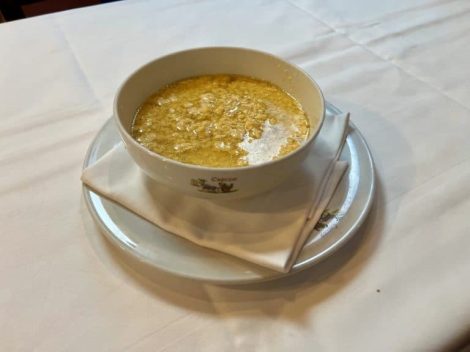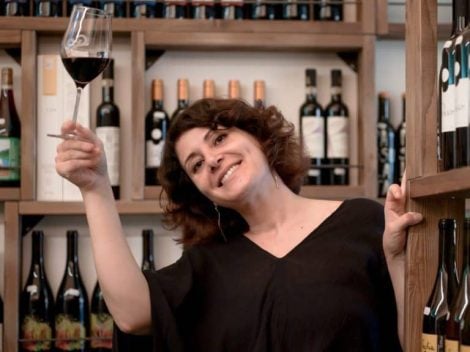For many years, all industry statistics have placed sushi and, more broadly, Japanese cuisine, among the most significant growth trends. A 2022 study by Businesscoot predicted a global growth of $2.49 billion between 2021 and 2025. In Italy, sushi has become so popular that it is not only consumed in restaurants but increasingly sold in large retail chains. A further survey by BVA Doxa, commissioned by Just Eat in 2023, highlighted that thanks to the more frequent use of food delivery platforms, one in two respondents reported a significant increase in sushi consumption compared to the past. Early in 2024, estimates from the Osservatorio TheFork, in a survey conducted in collaboration with Format Research, indicated that Asian cuisine—mainly Japanese and Chinese—ranked among the top new restaurant ventures started between October 2022 and September 2023. The numbers don't lie: Italians love sushi.
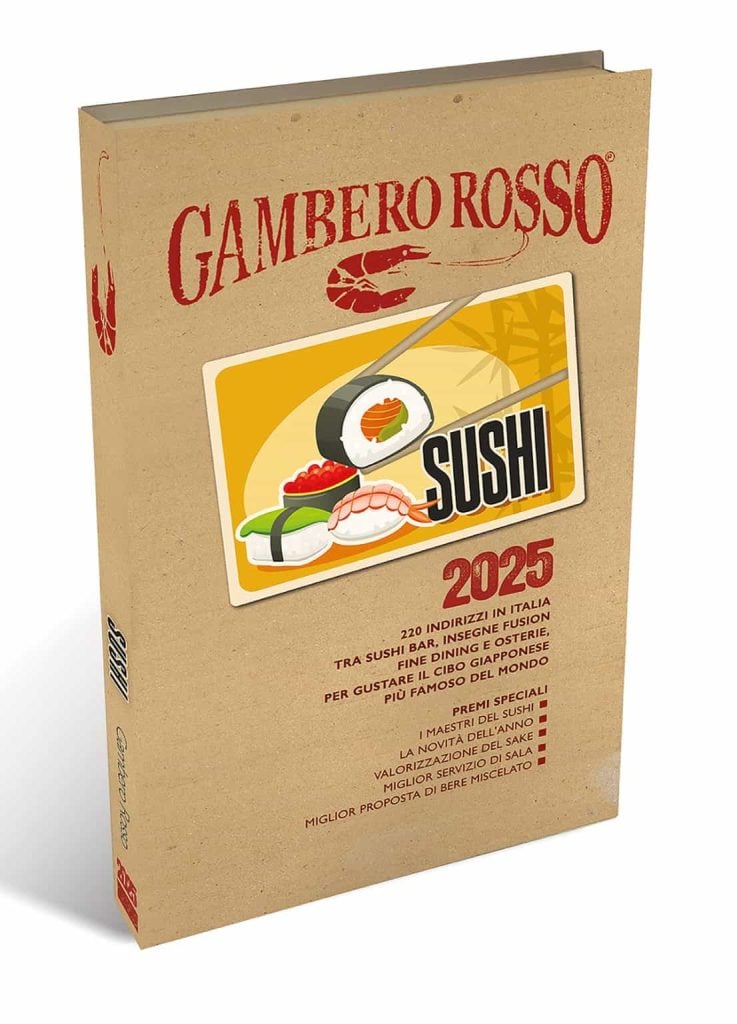
The new sushi guide by Gambero Rosso
A few years ago, in 2021, we published the inaugural edition of the Sushi guide, dedicated to the best sushi restaurants in Italy. It was a pioneering project, launched during a period—the outbreak of the Covid-19 pandemic — that proved catastrophic for much of the restaurant industry. Today, we are dealing with a changed scenario. Many establishments have closed, while quality investments have grown. Our selection has also evolved, aiming to highlight outstanding experiences centered on the world's most famous Japanese food.
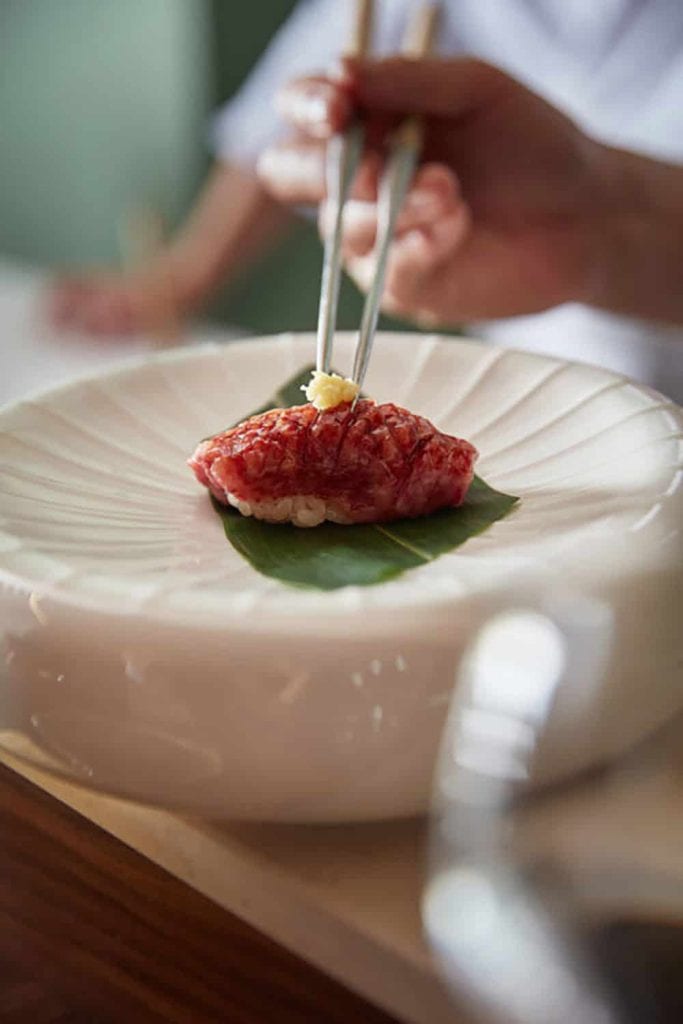
Mapping the scene
Gambero Rosso's Sushi 2025 guide features many stories of love for Japanese culture: 223 addresses, including sushi bars, izakayas, fine dining restaurants, fusion spots, and an appendix dedicated to the best takeaways. Some areas are revelations, like Puglia and Campania, while others, like Molise, are sparse or entirely absent: this may spark controversy, but we have yet to find one or more establishments in that region that meet our selection standards. Milan leads the pack in both recommended and awarded establishments. After all, it is in the Lombard capital that we find the origins of quality Japanese cuisine in Italy, thanks to the work of pioneers like the members of AIRG (Italian Association of Japanese Restaurateurs), also recognized by the Japanese Ministry of Foreign Affairs for their commitment to promoting authentic Japanese culture in Italy. The new edition of the guide is introduced with a handy illustrated glossary to help even newcomers navigate the restaurant scene, understand how to behave in front of sushi dishes, and discern quality preparations.
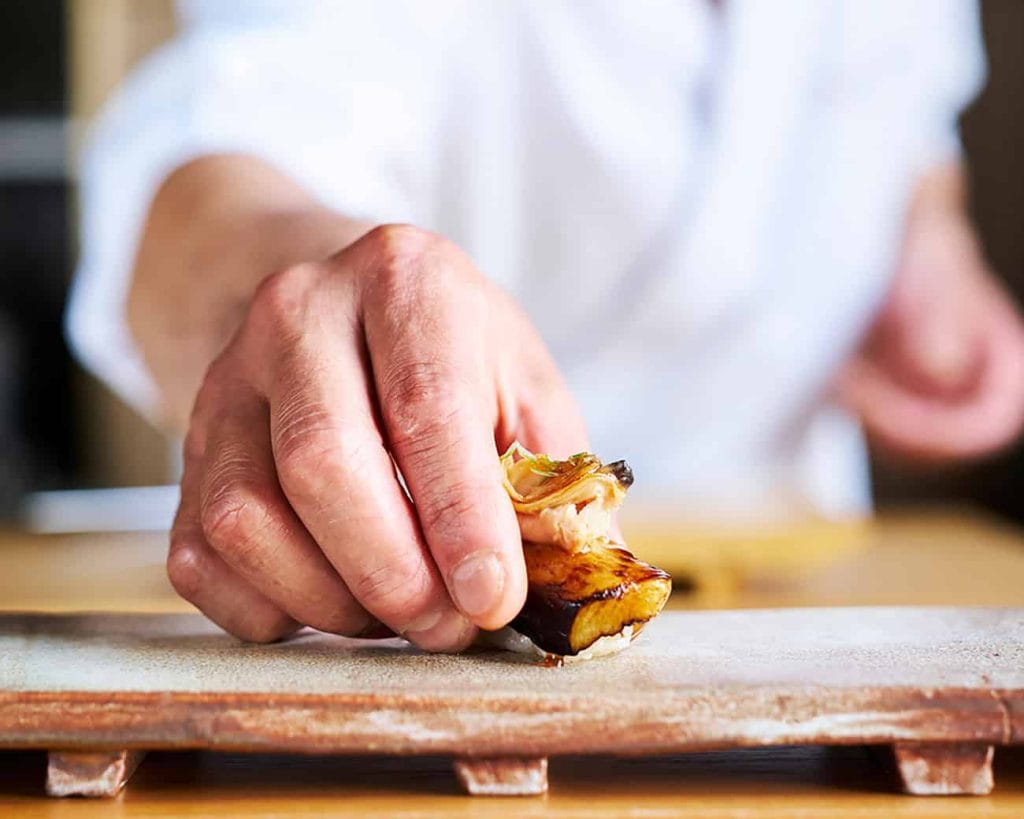
Iyo Omakase - Milano
The best Sushi Restaurants in Italy
Within the pages of the Sushi 2025 guide, you will find a symbol, the Tre Bacchette: this indicates the best sushi offerings in Italy according to Gambero Rosso inspectors. There are 32 such establishments, with Lombardy (Milan) leading the way, as mentioned, with eight awarded venues. Next are Lazio, Campania, and Puglia, each with four top establishments, followed by Piedmont and Emilia Romagna with three awards each. Finally, one Tre Bacchette each for Tuscany, Marche, Abruzzo, Umbria, Sicily, and Sardinia.
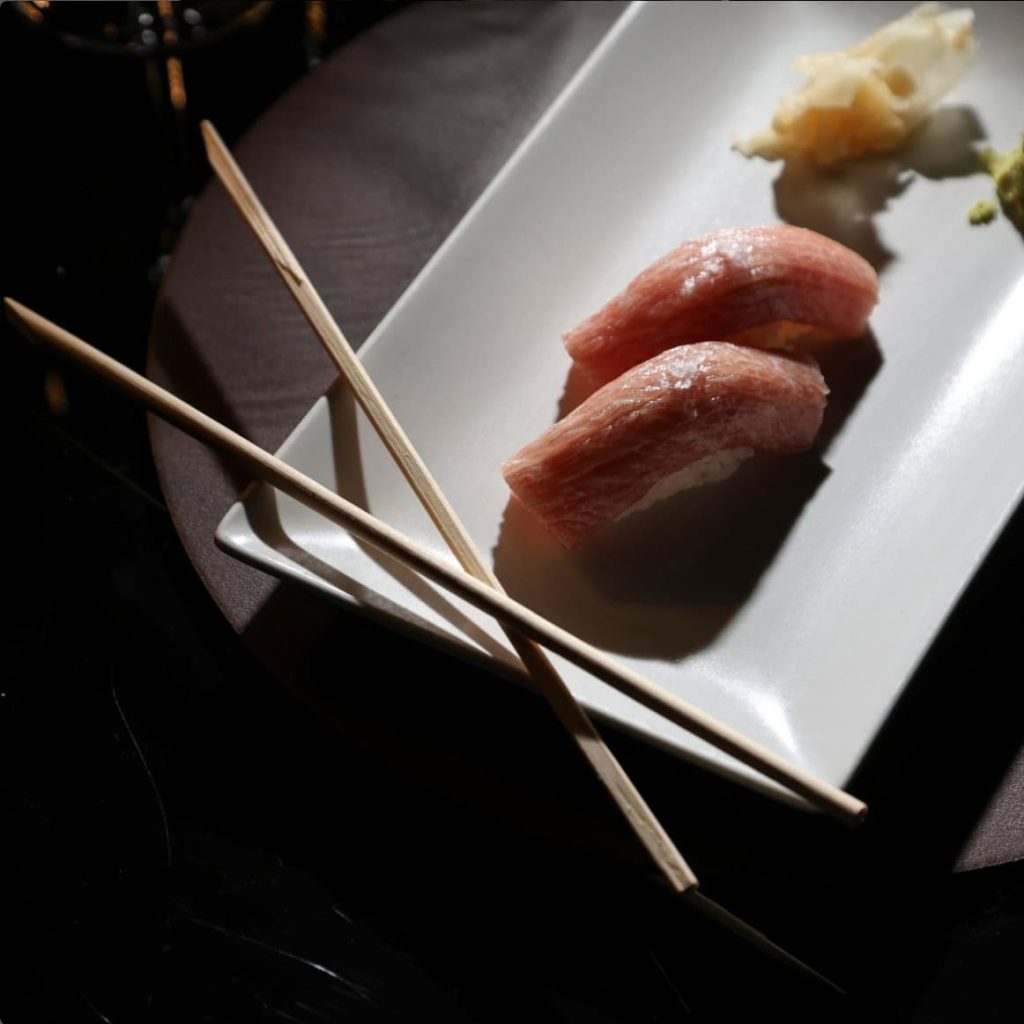
Iyo Omakase - Milano
Special awards
The return of a coveted recognition from the first edition, the Maestri del Sushi (Masters of Sushi), is an accolade—given in collaboration with Kikkoman—honoring the careers of chefs who have pioneered and brought sushi culture to Italy. Among them are veteran Japanese restaurateurs from Milan, such as Haruo Ichikawa (Ichikawa), Hirazawa Minoru (founder of Poporoya and Shiro Poporoya), Yoshinobu Kurio (Yoshinobu), Wicky Priyan (Wicky’s Innovative Japanese Cuisine), Ikeda Osamu (chef currently at Shiro Poporoya), and Masashi Suzuki (chef at Iyo Omakase). This prestigious list also includes Francesco Preite of Moi Omakase, Prato, and Ignacio Hidemasa Ito, now at Otoro81 in Naples.
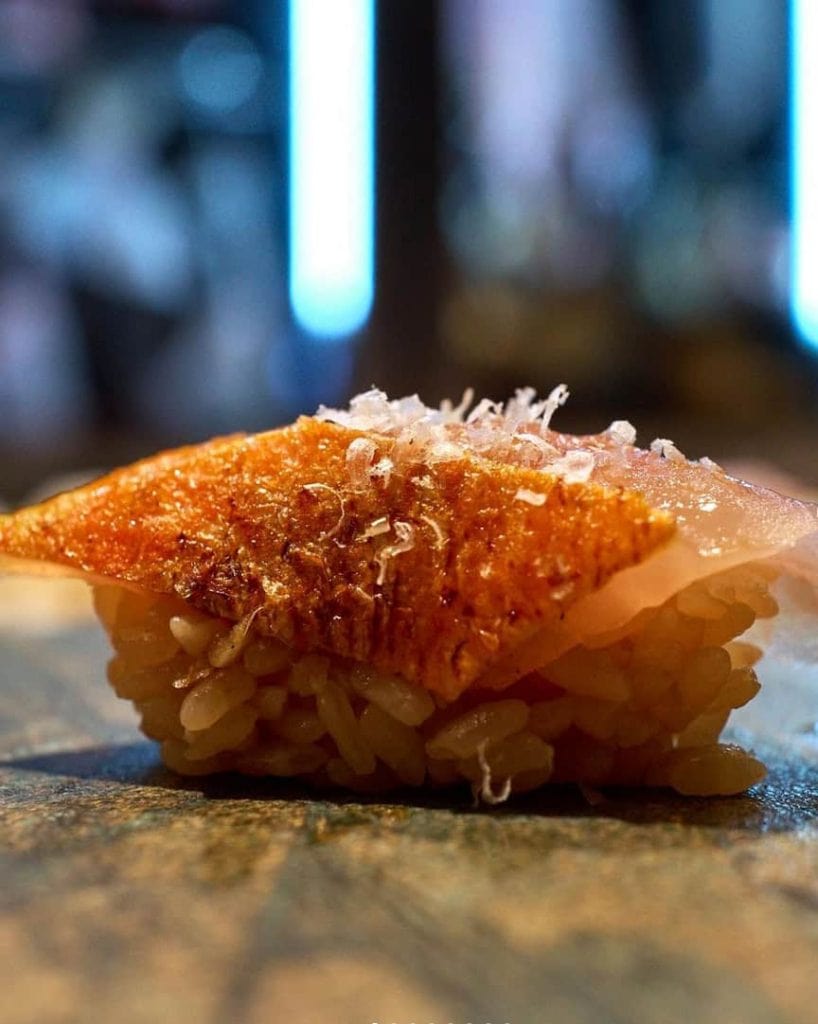
Azabu10 - Milano
New special awards in this edition include the Novità dell’Anno (Newcomer of the Year), in collaboration with Mundi Riso: the award goes, once again, to Milan, but to an outsider of Japanese cuisine, Andrea Arcieri, a young man from a Puglian family dedicated to seafood cuisine, who has shaken things up by opening Azabu10. The award for Best Service goes to the south, to Salerno. Umi (cover photo), a young but solid establishment adhering to Japanese orthodoxy in a land that has instead sublimated contaminations: besides earning the Tre Bacchette, the venue stands out for its high-level, engaging, and professional service.
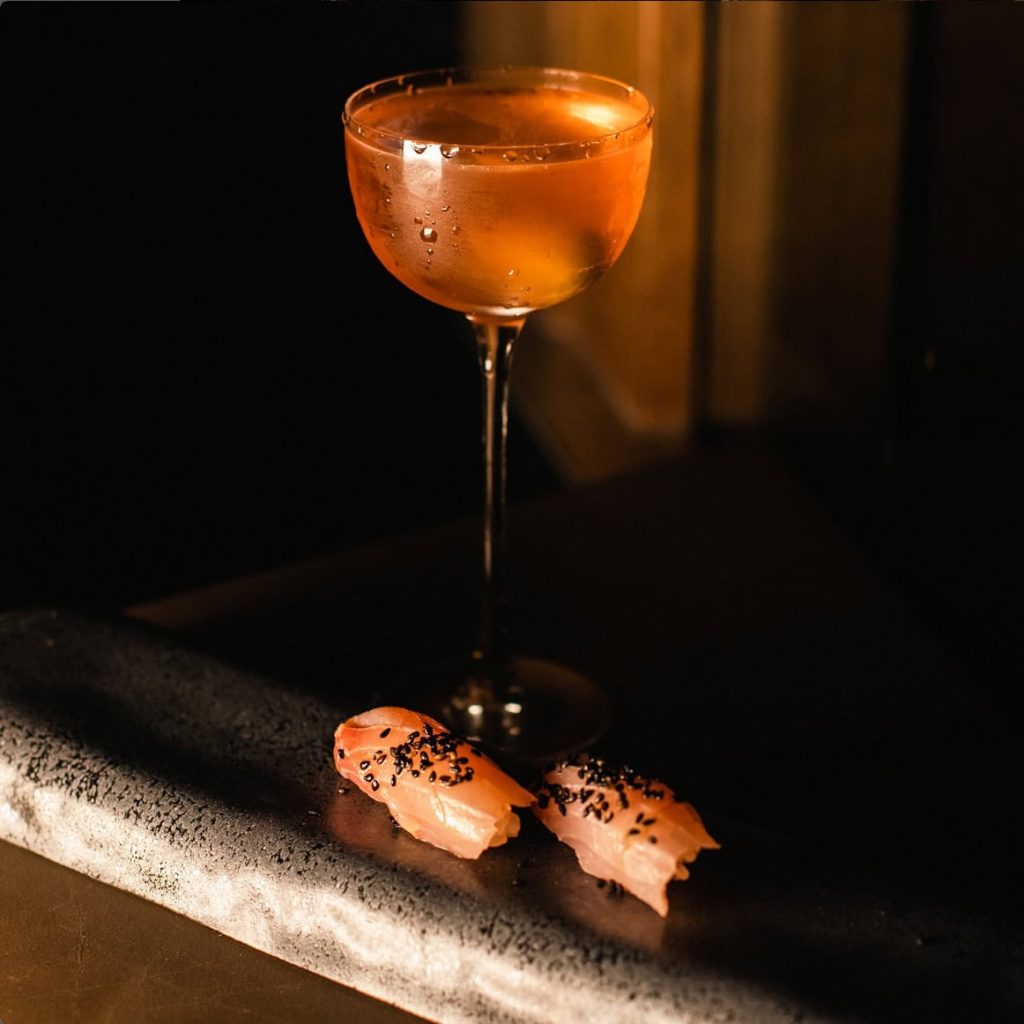
Service and pairings are growing in importance in restaurants: wine, sake, beers, cocktails—sushi offers a challenging territory for pairing disciplines. Dedicated to this field are the awards for Best Mixed Drink Offering, which goes to Moon Asian Bar in Rome, and Sake Appreciation, given, with JFC Italia, to two significant establishments: Sakeya (Milan) and Hiromi Maison (Rome).


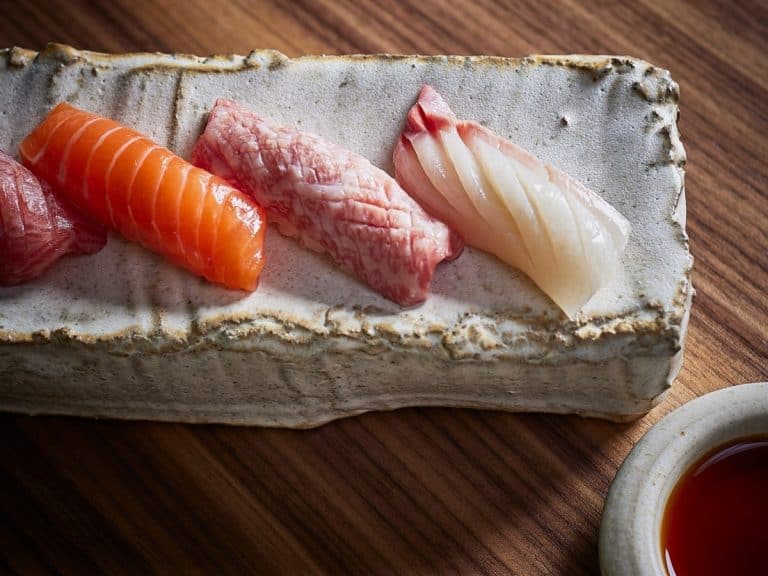
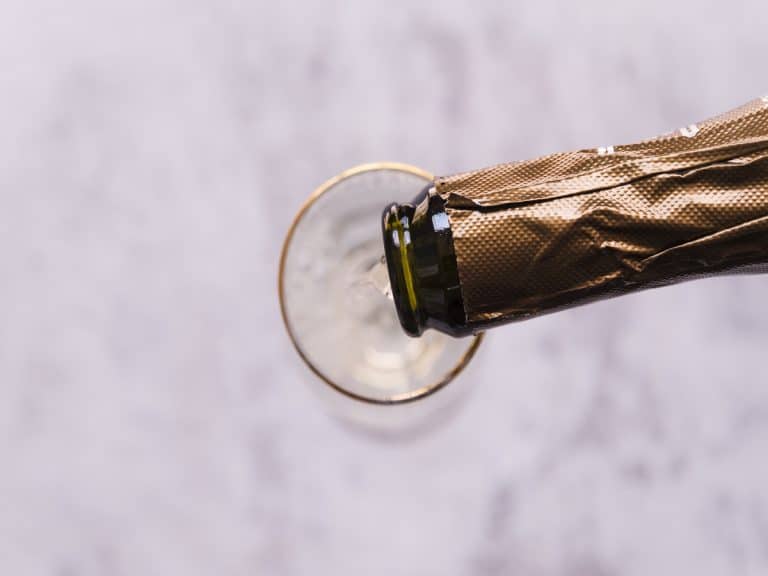 Dear Drinkers, the silver spoon does not preserve sparkling wine for longer. Here's why
Dear Drinkers, the silver spoon does not preserve sparkling wine for longer. Here's why In Molise, there is only one true indigenous grape variety (which we have also awarded). Here's what it is
In Molise, there is only one true indigenous grape variety (which we have also awarded). Here's what it is The 10 best sparkling wines (plus a bonus) to bring to New Year’s Eve chosen by Gambero Rosso
The 10 best sparkling wines (plus a bonus) to bring to New Year’s Eve chosen by Gambero Rosso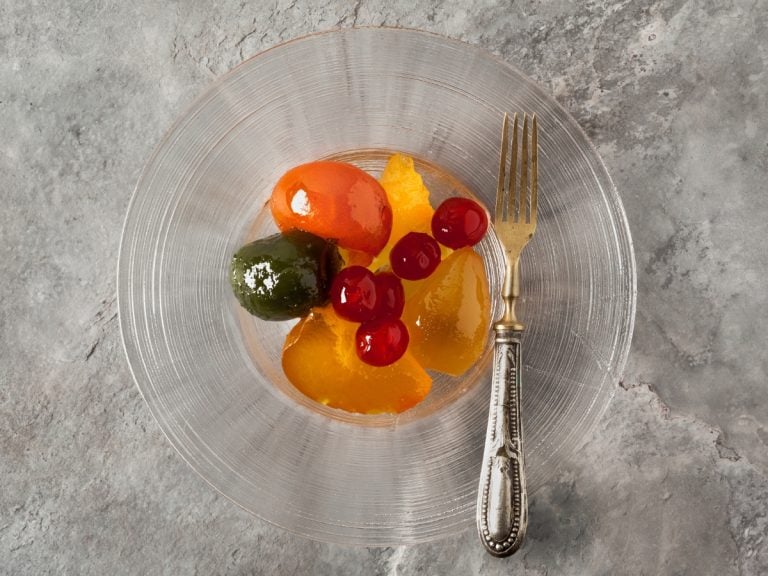 The magnificent world of Italian mostarda. Life, death, and miracles of the "Lady" of New Year's Eve tables
The magnificent world of Italian mostarda. Life, death, and miracles of the "Lady" of New Year's Eve tables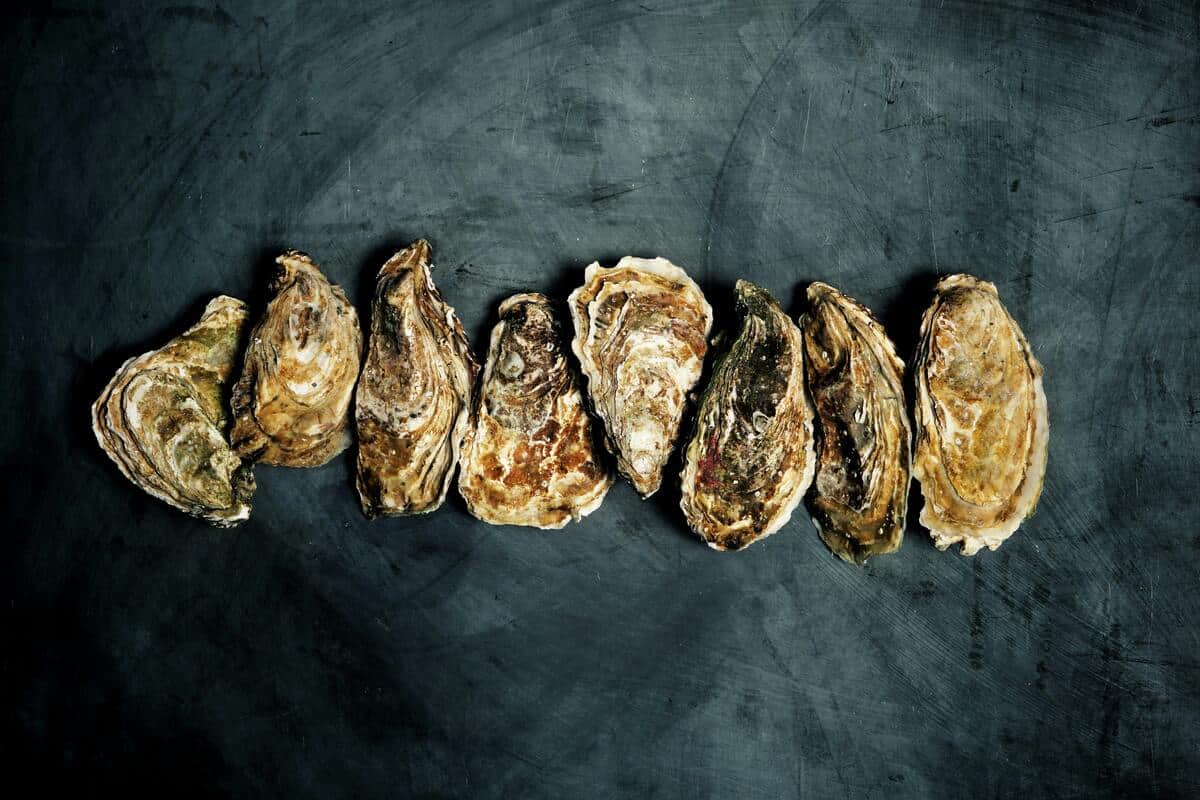 The best oysters to buy for New Year’s Eve. With expert advice
The best oysters to buy for New Year’s Eve. With expert advice


